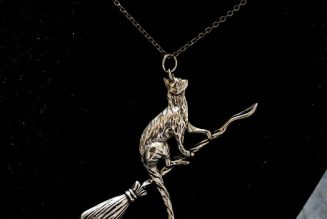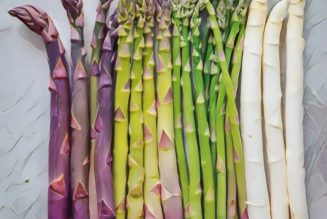The plant or its oil have been used in folk medicine in the belief it may have medicinal effects. Rosemary was considered sacred to ancient Egyptians, Romans, and Greeks. In Don Quixote (Part One, Chapter XVII), the fictional hero uses rosemary in his recipe for the balm of fierabras.[34] The plant has been used as a symbol for remembrance during war commemorations and funerals in Europe and Australia. Mourners would throw it into graves as a symbol of remembrance for the dead. In Australia, sprigs of rosemary are worn on ANZAC Day and sometimes Remembrance Day to signify remembrance; the herb grows wild on the Gallipoli Peninsula, where many Australians died during World War I. Several Shakespeare plays refer to the use of rosemary in burial or memorial rites. In Shakespeare’s Hamlet, Ophelia says, “There’s rosemary, that’s for remembrance. Pray you, love, remember.” It likewise appears in Shakespeare’s Winter’s Tale in Act 4 Scene 4, where Perdita talks about “Rosemary and Rue”. In Act 4 Scene 5 of Romeo and Juliet, Friar Lawrence admonishes the Capulet household to “stick your rosemary on this fair corse, and as the custom is, and in her best array, bear her to church.” In the Spanish fairy tale The Sprig of Rosemary, the heroine touches the hero with the title rosemary in order to restore his magically lost memory.
Rosemary: Folklore and customs
541 views























